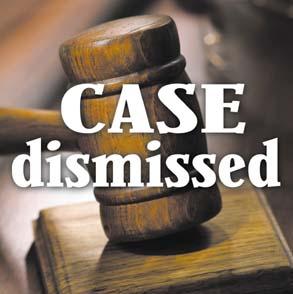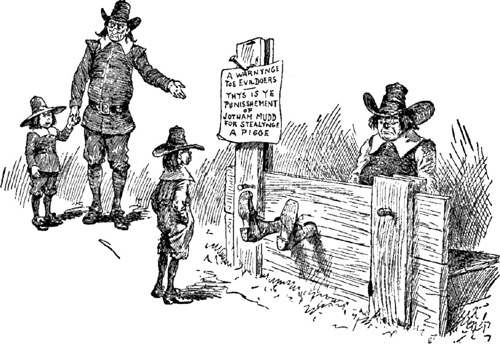Crime Prevention

by Amber Maccione
Crime Prevention
Some methodologies of crime prevention other than deterrence and punishment are diversion, shaming, restorative justice, and problem solving courts.
Diversion: allows for a criminal to be deterred from the criminal justice system by fulfilling judge requirements. There are 4 types: pre-charge (gets the offender out before being charged), deferred prosecution (offender has been charged but sentencing is held off until he completes program or treatment. If he completes, charges are dropped.), sentencing (instead of jail, offender is sent to a treatment or management center for help for his problem), and post-incarceration (reserved for low-level offenders in hopes of stopping them from committing crimes) (Worrall 2008 p. 152-153).

Shaming: attacks the offenders emotions by causing them to be “shamed” (embarrassed) for the crime they committed such as a drunk driver having to have a bumper sticker on his car announcing that he had been issued a DUI before (Worrall 2008 p. 154-155). There are 4 types of shaming: public exposure penalties (makes visible the conviction of the person such as the DUI example above), debasement penalties (example of this would be an abused woman being able to spit on her husband who had been accused of abusing her), apology penalties (forced to apologize publicly to the group or person that he had victimized such as a student who vandalizes a school having to apologize to the student body), and reverse burglary (allows those who have been burglarized to rob the burglar’s house) (Worrall 2008 p. 155-156).
Restorative Justice: allows for all parties involved in the crime to resolve together on how to deal with the effects of the crime – it addresses the harm and the repair (Worrall 2008 p. 159). It is concerned with restoring the offender to the community by having the offender fix or improve the relationship with the victim/community. This concept requires the victim to become involved in the process of helping the offender reform (Worrall 2008 p. 159). Types of restorative justice are: victim impact statements, restitution, sentencing circles, community service, family group conferencing, victim-offender mediation, victim impact panels, victim impact class, and community reparative boards (Worrall 2008 p. 161).
Problem Solving Courts Part 1
Problem Solving Courts Part 2
Problem Solving Courts Part 3
Problem Solving Courts Part 4
Problem Solving Courts: these courts tend to see the crime as a product of a problem within the offender such as drug addiction, domestic violence, child neglect, or neighborhood quality of life issues (Worrall 2008 p. 163). There are a few of these courts, but two are the most recognized: drug courts (focus on treatment for the addiction rationalizing that once the addiction is defeated the offender will stop the criminal behavior) and domestic violence courts (focus on interventions and monitoring involving the victim, offender, and the community) (Worrall 2008 p. 167-169).
Punishment is great when it is dealing with a person that understands there crime and also does not have a problem that is the root behind why they are committing that crime. By using other means of “deterrence” depending on the person and the situation, maybe more crimes can be prevented in the future. The occurring theme though through the textbook was that there were not enough evidence to say that these other methodologies are effective because either surveys were taken or as in a lot, research wasn’t solid because things such as drug courts were voluntary – the offender could choose between time or treatment.
I personally believe that alternatives to traditional approaches are beneficial. Again, it needs to be done on person by person bases. Just as children learn differently and respond differently to parental approaches, so offenders do the same in the criminal justice field. It is important to understand your offender and the motive(s) behind the crime as to understand what will be the best way to deter the crime from continuing. As far as getting the most out of deterrence, punishment probably works the best for the majority and other methodologies work for specifics.
References
Worrall, J. (2008).Crime control in America: What works? (2nd ed.). Boston, MA: Pearson Education, Inc
Copyright © 2012 http://ambercita04.hubpages.com/





